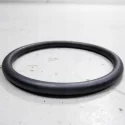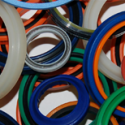Double-acting seals are critical in hydraulic and pneumatic systems, ensuring optimal performance and reliability. These versatile seals are designed to provide sealing in both directions, which are essential in applications where precision, durability, and efficiency are paramount. Fuzion Trading’s Arctic range of double-acting seals stand out as industry leaders, offering robust solutions tailored to demanding… Continue Reading









